Mistakes You're Making When Decorating A Living Room
As I write this piece about decorating mistakes I feel it should be noted that the way we decorate our homes, much as the way we view art is completely subjective. What is visually appealing is not necessarily so to another as beauty indeed is in the eye of the beholder. As I go on to discuss mistakes that should be avoided, we at Freshome never intend to belittle anyone's taste or style. As we have learned, all decorating rules are meant to be broken. There are a few rules of thumb to be taken into consideration, and this is merely a guide to improve the look, feel and flow of your homes.
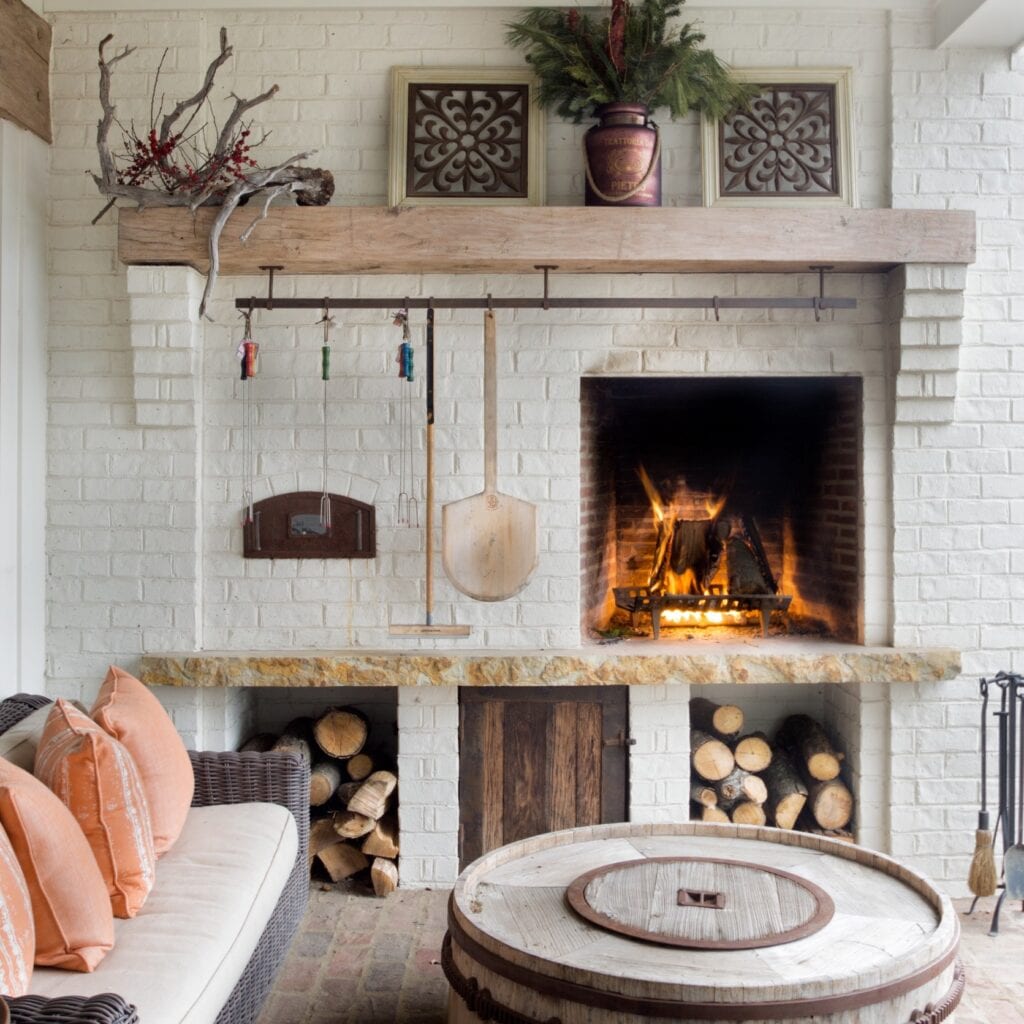
Marshall_Evan_Photography/Twenty20
1. Size matters!
Furniture can be too small for a space. A larger room needs appropriately sized furniture, or perhaps more of the same furniture that you already have. If you are moving to a larger home, you will need to think about the size and scale of the rooms and the furniture you have, where it will be placed and how you will enhance it if need be. I tend to come from the school where bigger really is better. It makes a statement, can be bold, dramatic and very handsome. Yes, a Grand Steinway can rest comfortably in a smaller room. One simply needs to avoid crowding a space. Contrary to what many believe, furniture can make a smaller room feel larger than it is, even that on a larger scale.
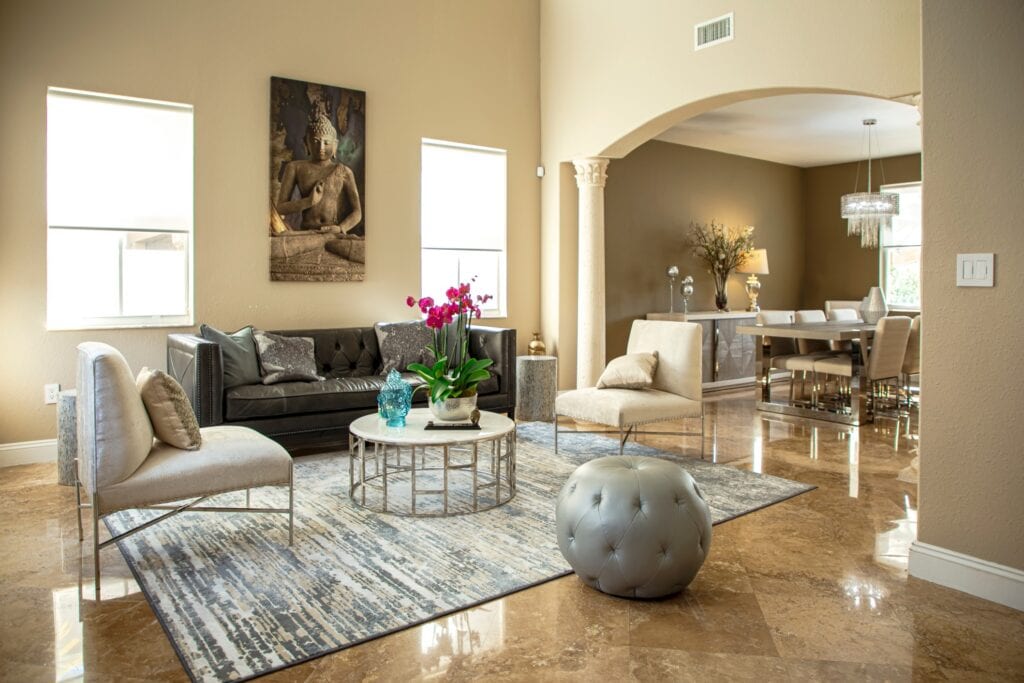
oneshotphotography/Twenty20
2. Who turned the lights out?
Proper lighting is crucial to every room. Natural lighting changes throughout the day and throughout the seasons. Weather can also affect and impact a room's lighting. Lighting is perhaps one of the most important elements in our homes. I'm a huge fan of lights on dimmers. There are times when we need our rooms brightly lit, and there are times when we want those lights not to be so glaring and jarring, say at the end of the day, or when you want to create a relaxing, more intimate atmosphere such as when you are entertaining. When thinking of dimmers do not forget bedrooms and bathrooms. Additional light can be layered in with the addition of lamps placed in those area when additional lighting might be needed, on desks, work tables, near couches and beds. Be careful when working with lamps and think about size. Lamps that are too small look silly, out of balance, and most importantly won't give you adequate light for your particular space. Lighting is especially important when selling your home, as it can help a room look larger and more welcoming. Look at these interior design essentials when selling your home for more tips.
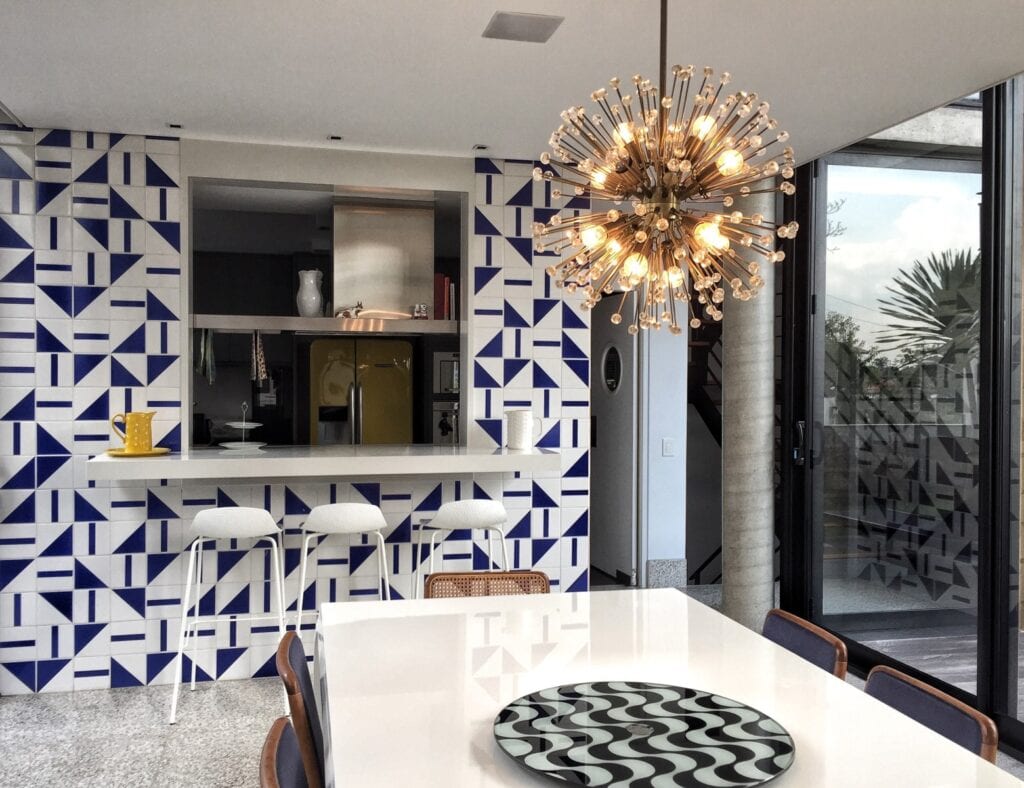
ameg2013/Twenty20
3. On matching…
Everything need not match! Rooms benefit from the extra texture, pattern and color from other like items. When additional patterns and colors are brought in, a rooms gains depth and dimension. Try to avoid two couches with the same color and pattern, instead have two coordinating patterns, or one with a pattern and one that's solid. If you do opt for solid colored couches, such as white, add some throw pillows, blankets and rugs to create an opulent palate. The above photo may not be your taste, but is an example of how the use of different colors and textures to pull a space together.
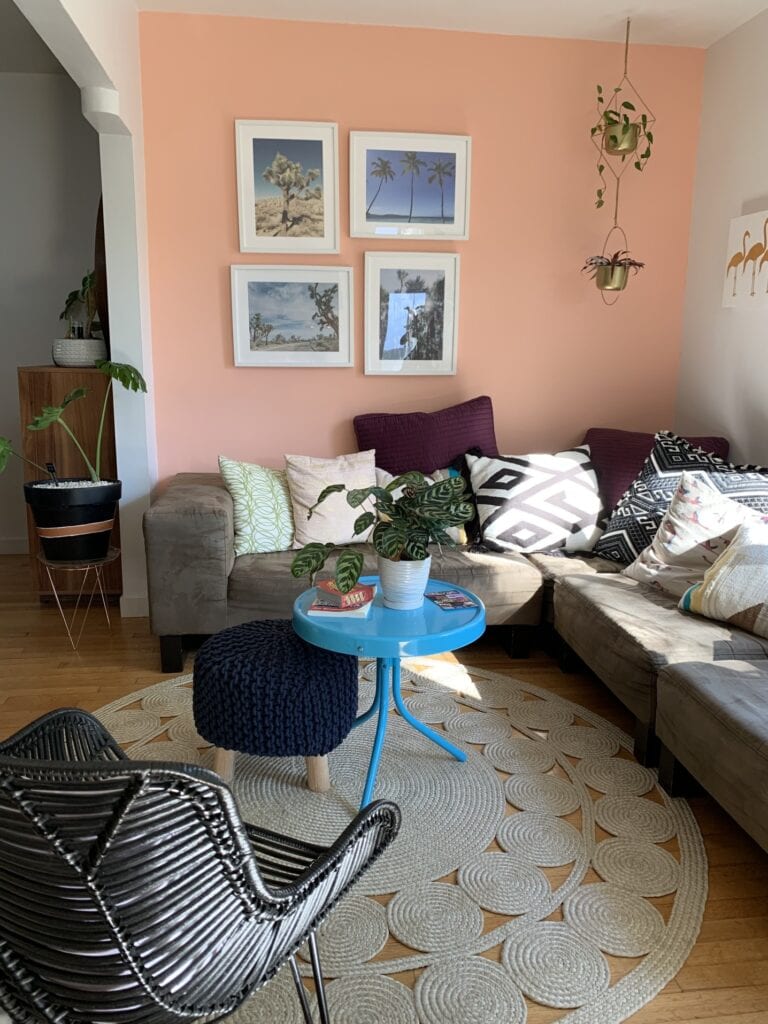
iamviv1341/Twenty20
4. Test it out!
Test out your colors before you begin painting. Paints, while accurately labeled on the cans can look vastly different once up on the walls. A paint color can vary from room to room and changes throughout the day as natural lighting constantly changes. The best thing to do is to pick up some trial sizes in similar hues (at least one shade darker and one shade lighter) and paint it on a large spot in the room of choice. Another option is to take a large piece of cardboard and paint directly on to the cardboard. The cardboard can then be moved from room to room. You may decide that instead of a the blue you've chosen looks much better in your dining room space than in the living room where you had originally imagined it. These extra steps are worth the effort and can end up saving you a great deal of time and money in the long-run.
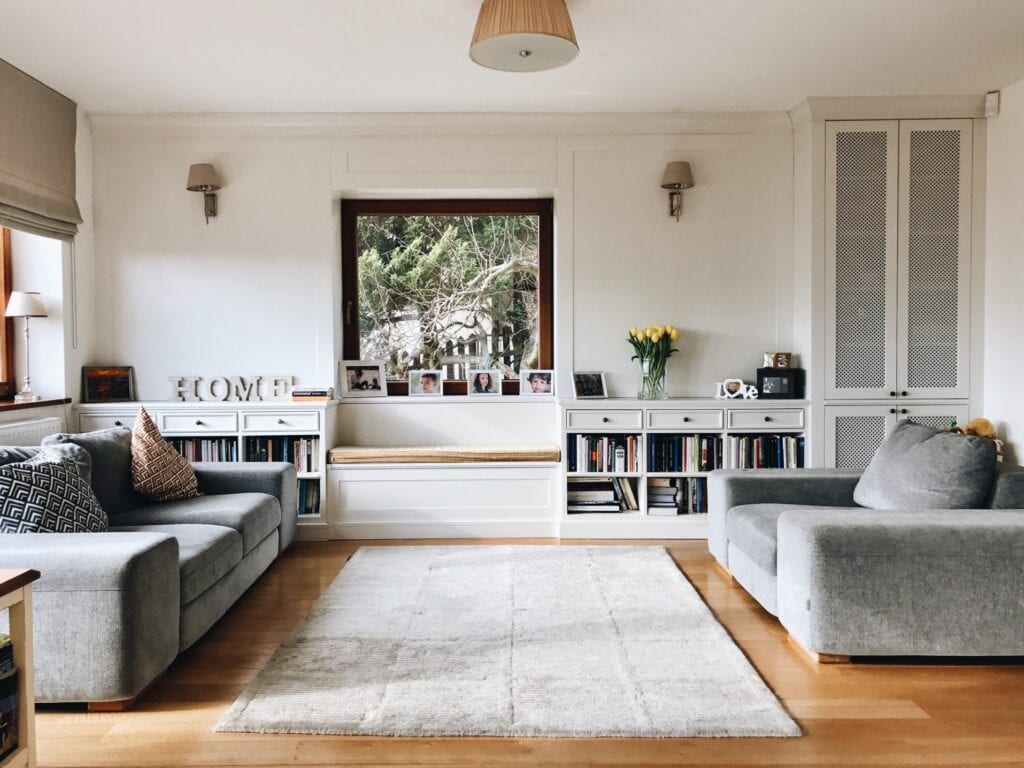
djmon1que/Twenty20
5. Cheap and inexpensive do not mean the same thing!
We all want to save a dime and there's absolutely nothing wrong with shopping for sales and looking for bargains. Shopping for and decorating our homes is an expensive adventure. But you never want to skip corners and skimp on quality. Don't buy the cheaper couch simply because it is cheaper. The money you save now won't matter a difference when you have to replace the couch in 5 years because the material has not held up or the frame is weakening and about to give. Always buy the best that you can afford and if it means saving up for it do. The quality will be worth the wait.
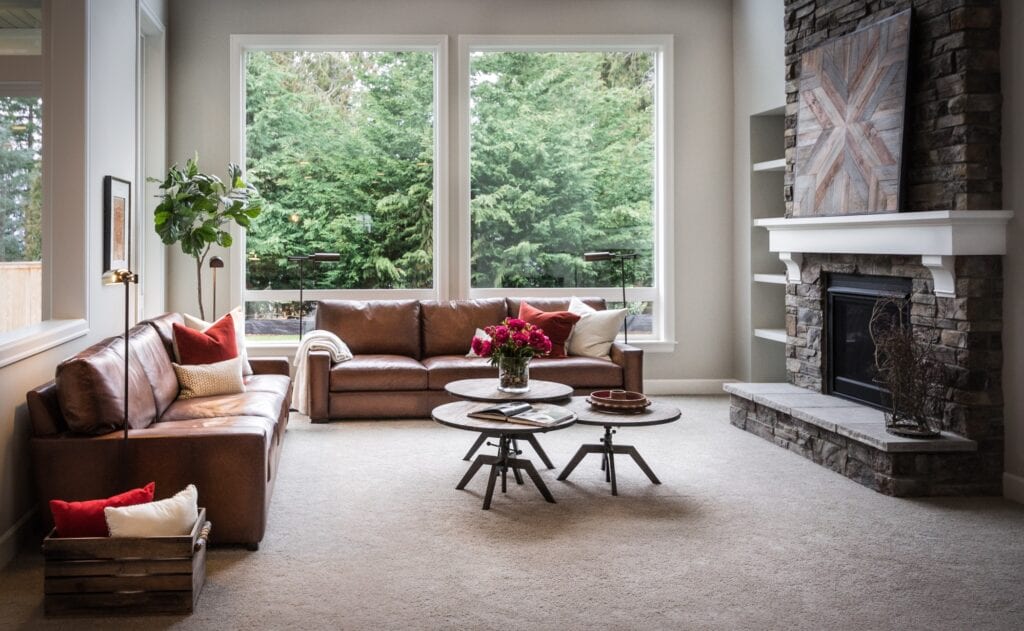
kateryna.m/Twenty20
6. More is not merrier.
There is no need to showcase all your belongings in one space. This can give your room an overcrowded and cluttered look which can have a very distracting and effect and one that is not at all restful and relaxing. If you have collections, place them throughout the home and group them together, like with like. If your space does start to become cluttered, pack some items away and rotate them in at a later time. This can help keep your space fresh.
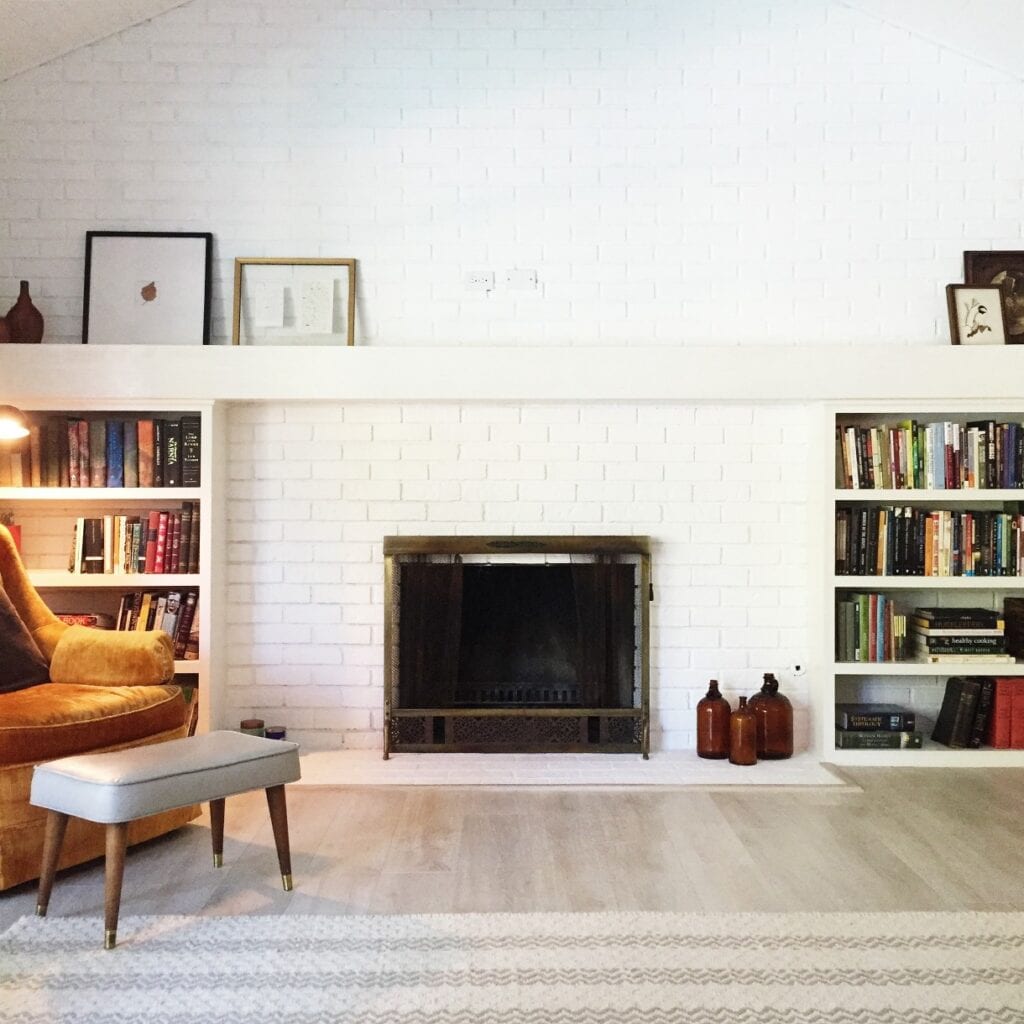
veronicoleman/Twenty20
7. Take measure.
As mentioned earlier size matters. While furniture that is too small can throw off the scale of the room and seem silly, you also want to measure your space to make sure that there is room for everything so that there is room for traffic to flow freely around the space. Furthermore, if you are moving in to a new home or are thinking about ordering new furniture you will want to be certain it will all fit. Imagine ordering a new couch or armoir only to have it not fit through a doorway or stairwell. When measuring a space don't forget to think about height! Often times an interior designer has a better sense of scale and how to make furniture fit in spaces. Look at these 10 reasons why hiring an interior designer could help in your interiors.
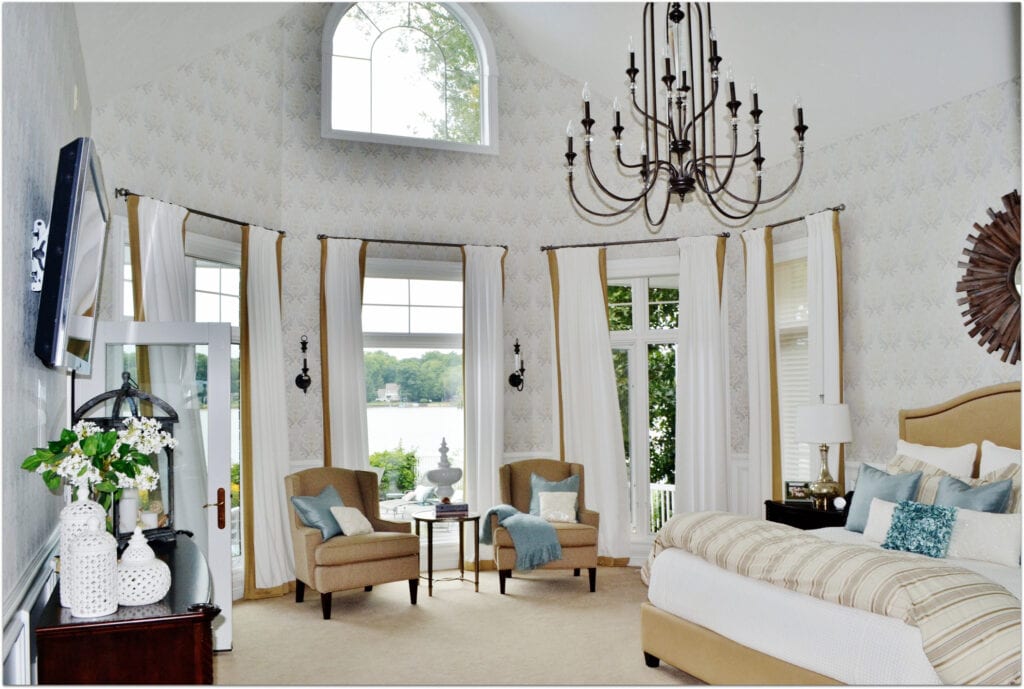
maginnis/Twenty20
8. Back away from the walls!
Many people have a tendency to automatically place their furniture up against walls. Couches should be brought in slightly if a room is smaller, and more if a room is larger. The goal is to create an intimate space where people can gather, while allowing for flow. Above the dining room table and chairs are in the center of the room and the two chairs to the front of the room are brought away from the windows, just slightly to establish a feeling of intimacy, warmth and inclusion.
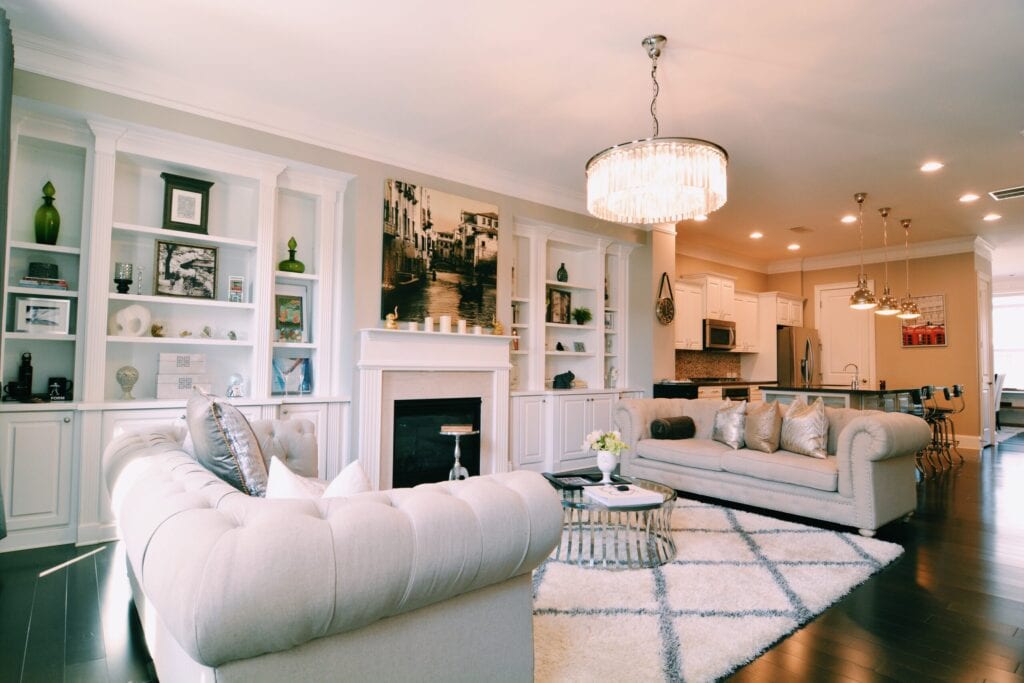
chanelpluscat/ Twenty20
9. Don't listen to your mother-in-law!
The way you decorate your home should reflect your interests, passions, style, past, present and future. Don't let anyone impose their taste and style on you. If you need help solicit a decorator but leave well-meaning friends and family our of the picture. It's OK to say no to their suggestions as well as to any piece of furniture they may want to unload on you that's not to your liking!
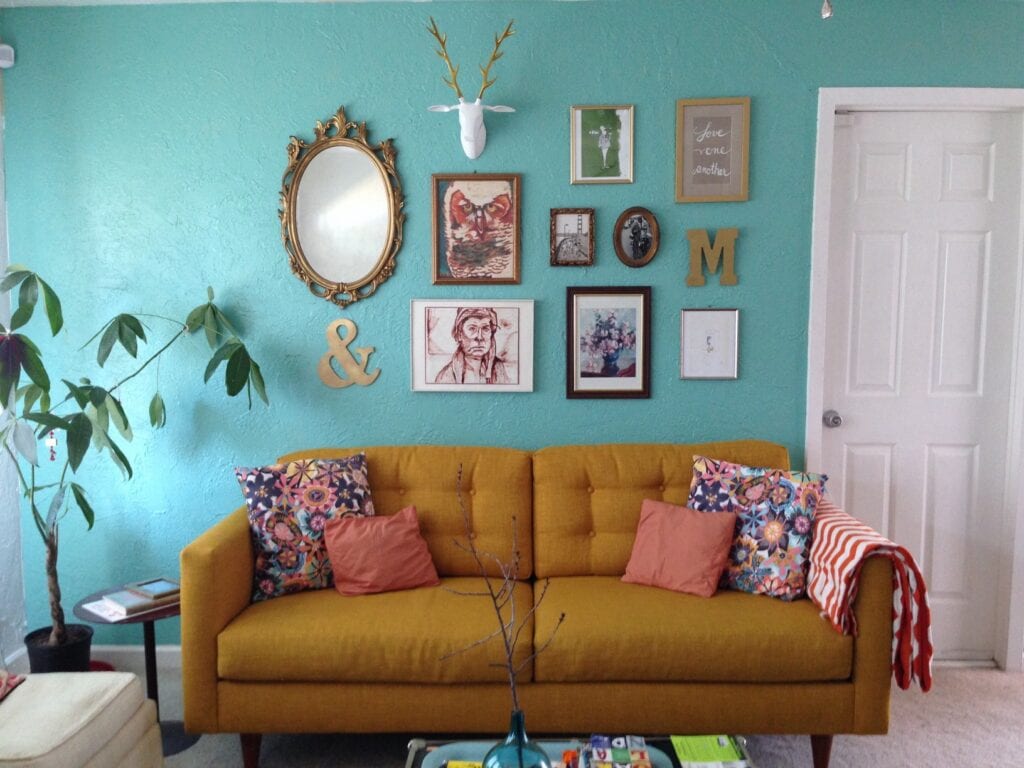
mourg22/ Twenty20
10. Don't lose focus.
This can often happen in larger rooms. Before you decorate, or re-decorate, walk around the room and designate one central focal point. Perhaps it's a fireplace or an over-sized bay window overlook a lush and lavish back yard. Start by placing the furniture around that focal point and work out. The room above is a good example of just what to do. Here too, you will see the furniture is not flush with the walls and the matching white couches are given depth with coordinating patterns and fabrics of the couches and curtains. The zebra print stool introduces new color, texture and pattern while pulling everything together. The furniture is proportionate, and a sense of flow has been created. In much larger rooms, there may be a need for two focal points and two separate entertaining areas.
I've mentioned 10 potential disasters, but there are more. What are some things that I have not touched on that you think should be avoided? Do you agree or disagree with the advice I have given?

Mistakes You're Making When Decorating A Living Room
Source: https://www.mymove.com/home-inspiration/decoration-design-ideas/commonly-made-decorating-mistakes-how-to-avoid-them/
Posted by: hernandezflery1974.blogspot.com

0 Response to "Mistakes You're Making When Decorating A Living Room"
Post a Comment